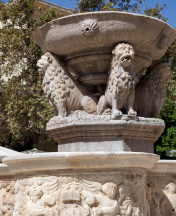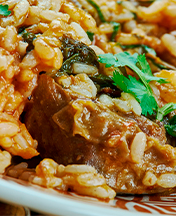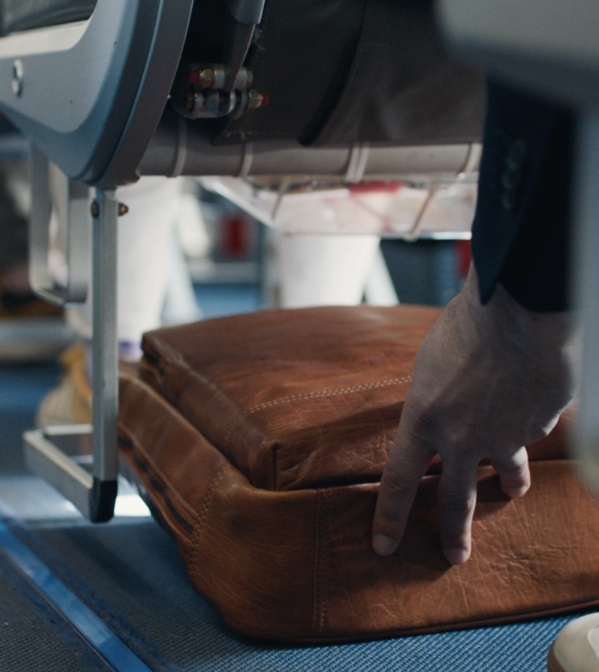The ancient history of Heraklion is strongly connected with the Minoan Palace at Knossos. Ancient historians, such as Strabo, refer to Heraklion as the port of Knossos, the center of the Minoan civilization. This period reached its peak from the 16th to the 14th centuries B.C., and excavations revealed a rich society that based its economy on agriculture and commerce. This civilization was destroyed around 1500 B.C., when the explosion of the volcano in Santorini raised a tsunami all over the Aegean Sea and covered these cities with volcanic ash. The centuries that followed, from the 9th to 13th century, weren't particularly prosperous for Crete. Some growth took place during the era of the Roman Empire, but afterwards, Crete was frequently attacked by pirates and hostile armies. In the 14th century, the city of Heraklion was ceded to the Venetians, who ruled Crete for four centuries. This was the most flourishing period for Heraklion, with a great level of growth in the fields of art, trade, architecture and literature. After being besieged by the Turks for 25 years, the Venetians were forced to abandon the city. The Cretans fought against the Turks for many centuries, and in 1898, the island won its independence. It finally united with the rest of Greece in 1913. In 1941, Heraklion was attacked once more, this time by the German army, resulting in devastation and extensive damage. Today, many Venetian monuments still survive in the city, such as the old fortifications, the iconic fortress, the fountains and many European-styled works of art.














